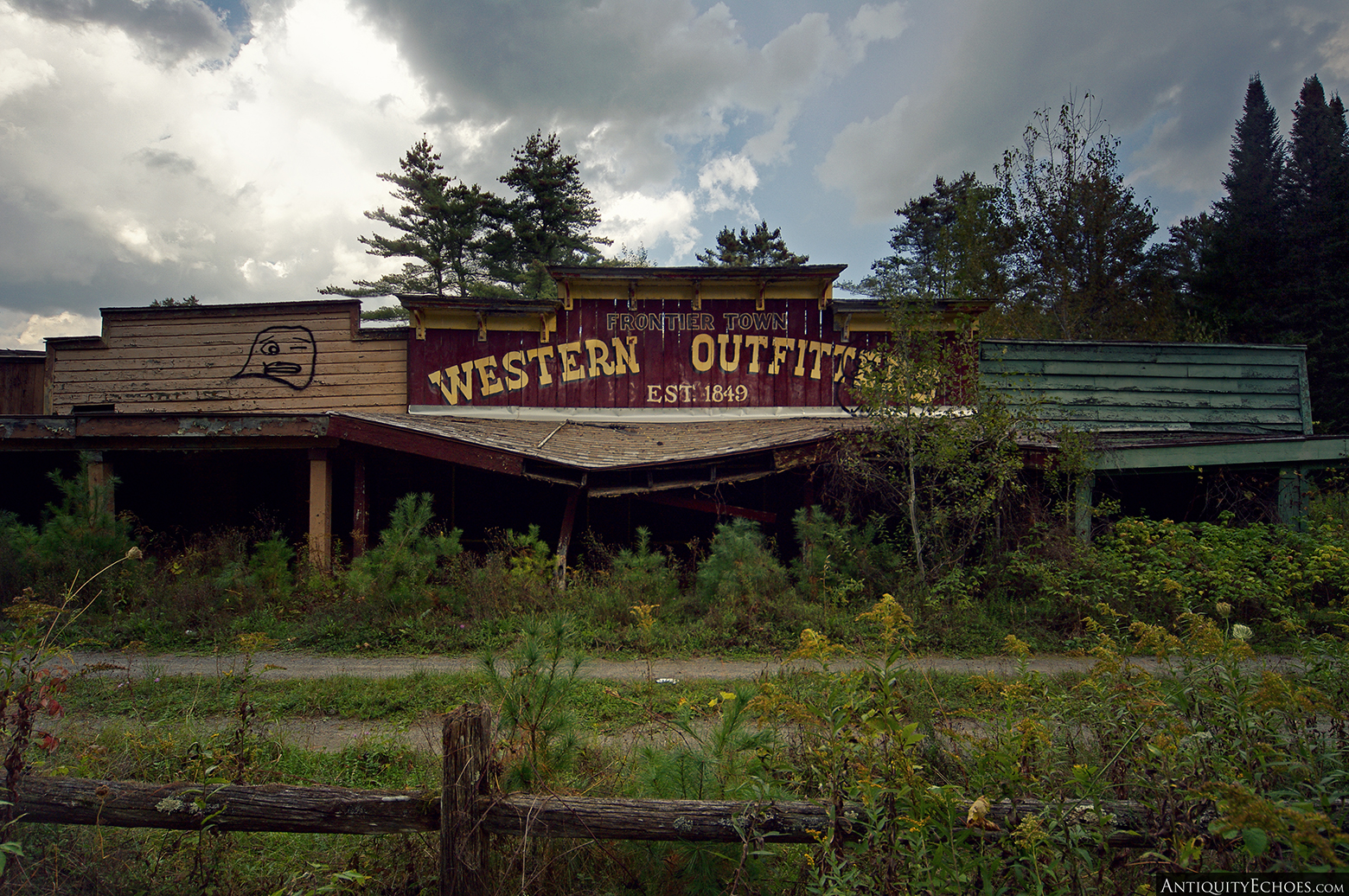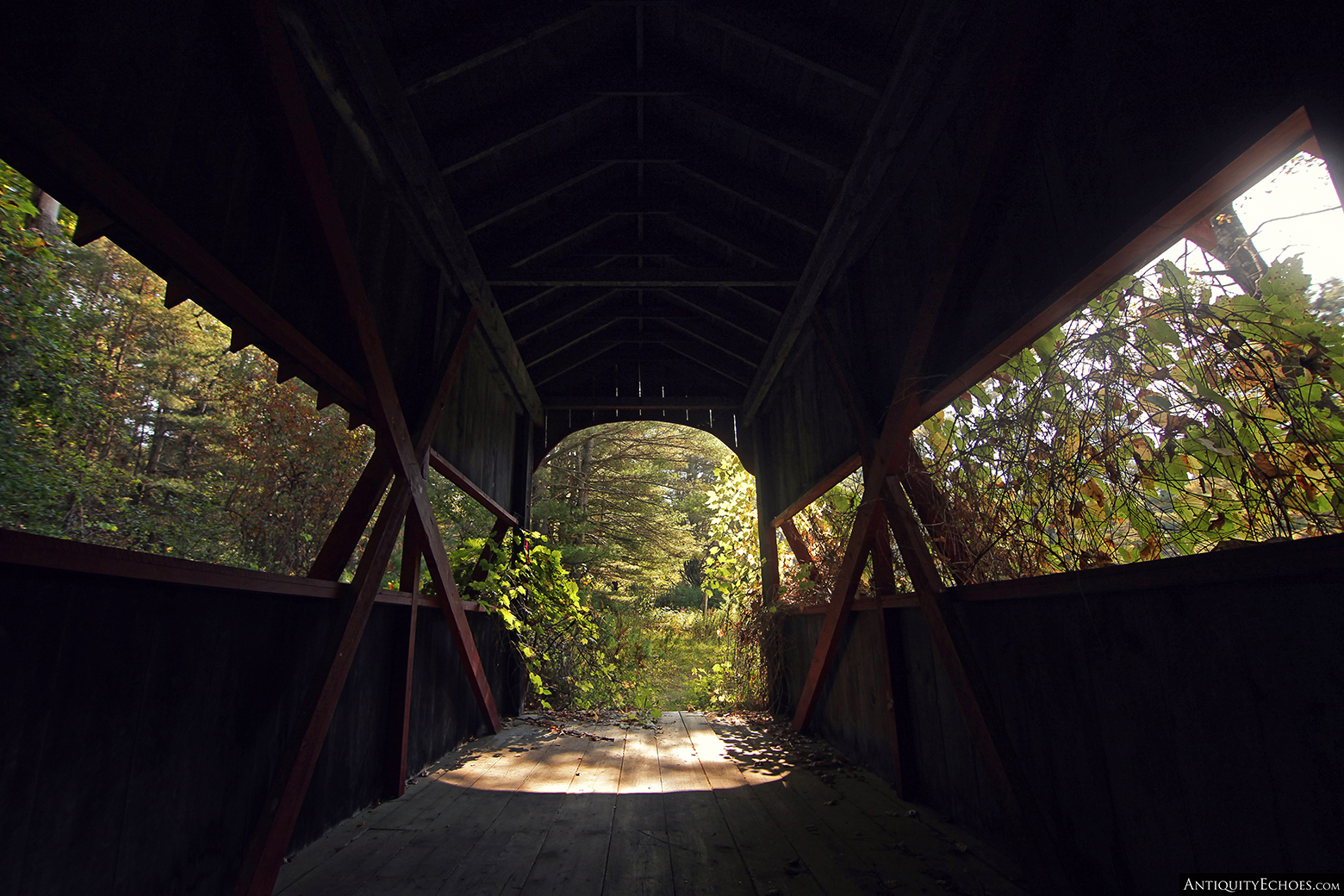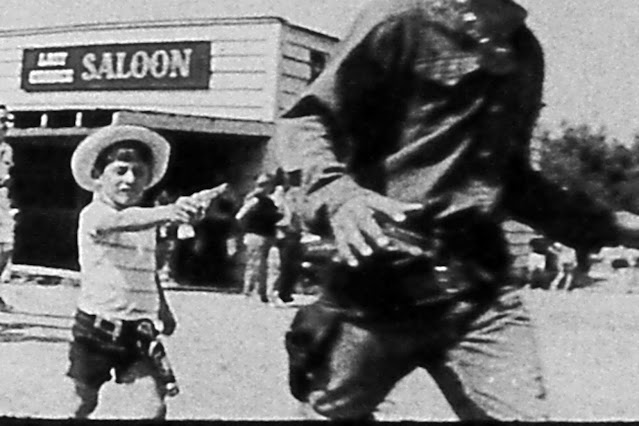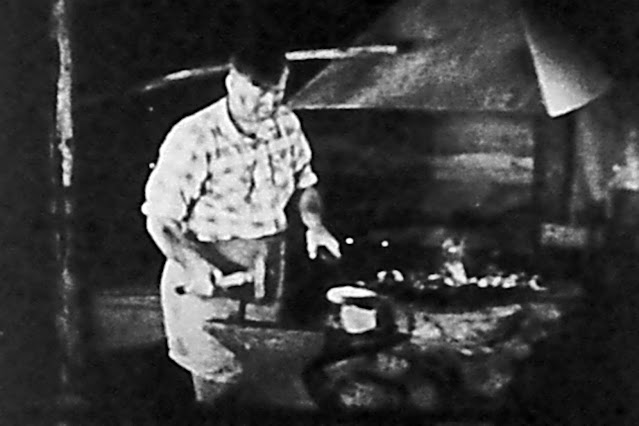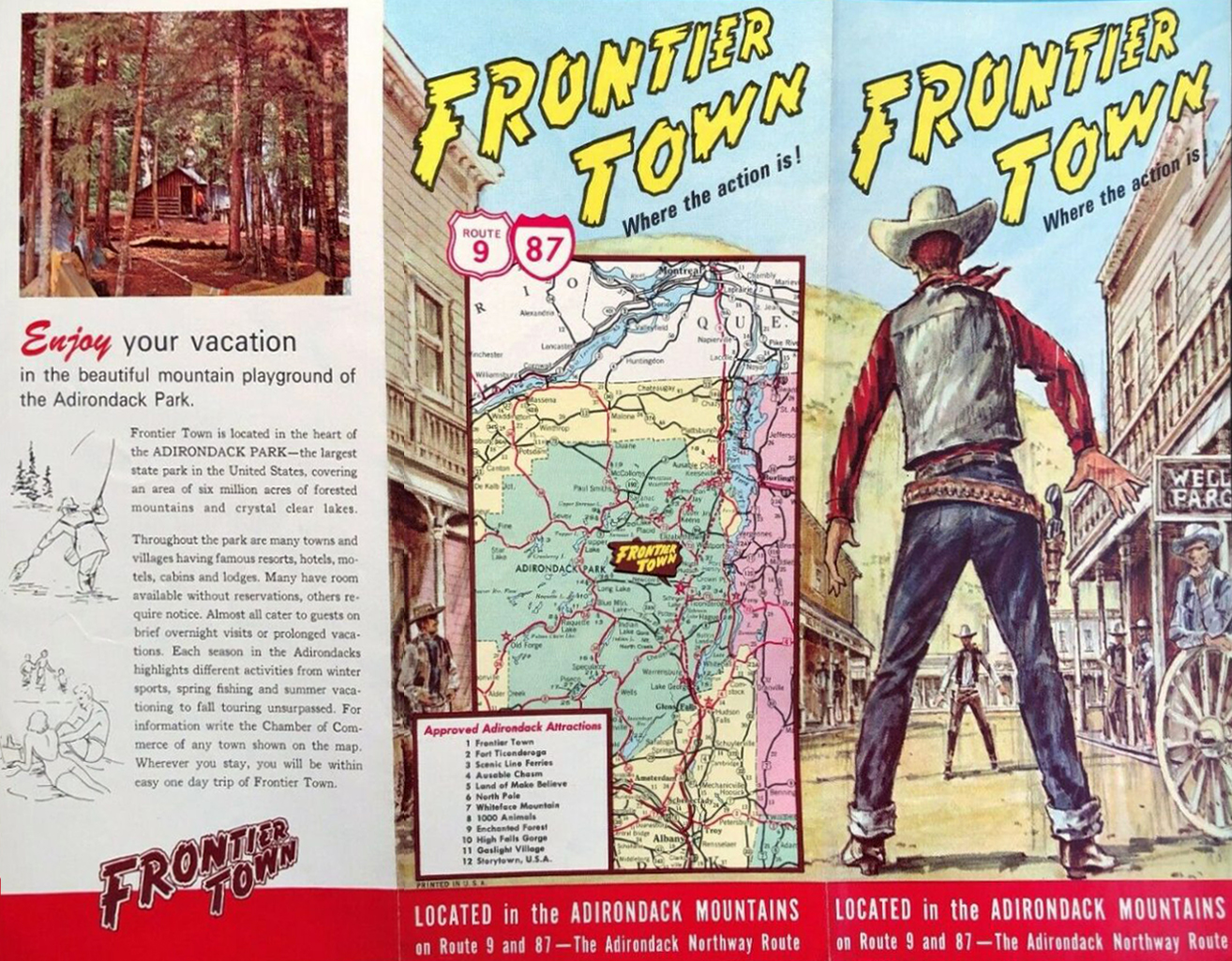Frontier Town
What is the 'American Dream'?
Idealistically one may tell you that it's the driving strength behind
our nation, that the 'American Dream' is what inspires one to follow
their heart and create a life for themselves. Others may argue that
the dream was quietly suffocated over the decades, as an increasingly
corporate America gradually eroded our aspirations, extinguished our
yearning for betterment, and replaced it with a listless perpetuation
of the status quo.In truth, there is no answer to the question. The term 'American Dream' holds infinitely diverse meanings, with its definition changing dramatically from one mind to the next. To one man in particular it was interpreted as leaving his career job in the city and venturing into the wilds of the Hudson Valley. His name was Arthur Bensen, and buried deep in the woods of Upsate New York can be found the remains of his dream.
Mr. Bensen is quite likely the only man in contemporary history to have founded a pioneer village in the Adirondack Mountains. After many years in his career as a telephone technician in Staten Island, Benson pined for grander things. Of all the prospects available to him, he ultimately decided upon founding his own theme park. A rather unusual pursuit for a city phone tech with no experience in the entertainment business, but there is much to admire in those who dare to take enormous leaps of faith.
So it was that Arthur Bunsen set out, likely against the advice of many, and most absolutely against the odds. He traveled from state to state looking for the right spot to settle down, eventually taking a liking to New York's Hudson Valley, and finally arriving upon the town of North Hudson to break ground on what was to become his life-defining venture. He called it 'Frontier Town'. Opening in the summer of 1952, the park was originally meant to be a history-focused settlement village. Quickly though, his concept evolved to be that of a wild west town, much like New Jersey's own Wild West City which opened 5 years later. There were stagecoach robberies, shootouts, concessions, musical numbers, and a large outdoor rodeo arena, all connected by walking paths and dirt riding trails that cross-crossed through the fields and forest. The park entertained thousands of visitors and was by all accounts a great success through the 50s, 60s, and 70s. Though business slowed in the 1980's Arthur Bensen always managed to keep his dream alive, and did so until he retired in 1983, selling off his creation to new ownership.
Five years later Bensen passed away, his absence leaving a void in the local community which he very much helped to shape. Within a decade Frontier Town too passed from this earth, shuttered by the county in 1998 after amassing more than $300,000 in unpaid taxes. Not long after that an auction was held, selling off the most valuable of Frontier Town's relics. Stagecoaches, railway cars and tracks, signage, vending machines, most everything that wasn't bolted down, and even some things that were. Dismantled and abandoned, Arthur Bensen's life's work was left to deteriorate in the mountainside forest, a forest that was all too eager to reclaim the 250+ acres that were once a theme park. Many of the structures slowly being devoured by overgrowth were built by Arthur Bensen's own hands. Coming from a background with limited carpentry skills, Bensen's understanding of construction was learned by necessity. His building material was the true definition of 'locally sourced', as it was not unusual for Bensen to cut and move logs from the adjacent forest himself. In this way, these buildings were shaped not just by wood and nails, but by an extraordinary and unshaking fortitude.Our own visit to Frontier Town took place some two decades after its closure. By this time the trees had already encroached to the outer walls of most every building, the parking lot had regressed to a muddy field, and walking paths had been long lost to the forest floor. It all gave the grounds a mournful atmosphere but mixed with that of a peace and solitude one can only find in nature. The world all around us was undoubtedly alive and thriving, but the theme park which lay scattered throughout it was long dead.
Within the old saloon remains an upright piano, through listing severely and partly sunken into the decayed wooden floor, it had endured. A symbol of sorts for the property as a whole. Behind the old main street of 'Prairie Junction' can be found a large field of wild grass dotted with young trees, in a previous time this unassuming parcel of land was the heart of Frontier Town - The rodeo corral. Here families would gather to watch not just rodeos, but live performances of all kinds which were scheduled throughout the day. That was long ago though, today all that remains to hint of the past crowds are rows of disintegrating wooden bleachers. Some still frame the overgrown rink, though most have fallen, and those which do endure are nearly strangled from view by foliage.
Many have cited shifting cultural interests, the advent of modern entertainment, or affordable travel to far more extravagant destination parks as driving factors for why Frontier Town went from a thriving institution to a bankrupt ruin. But maybe the explanation is much simpler than all that - Perhaps a dream simply cannot exist for long without the dreamer.










